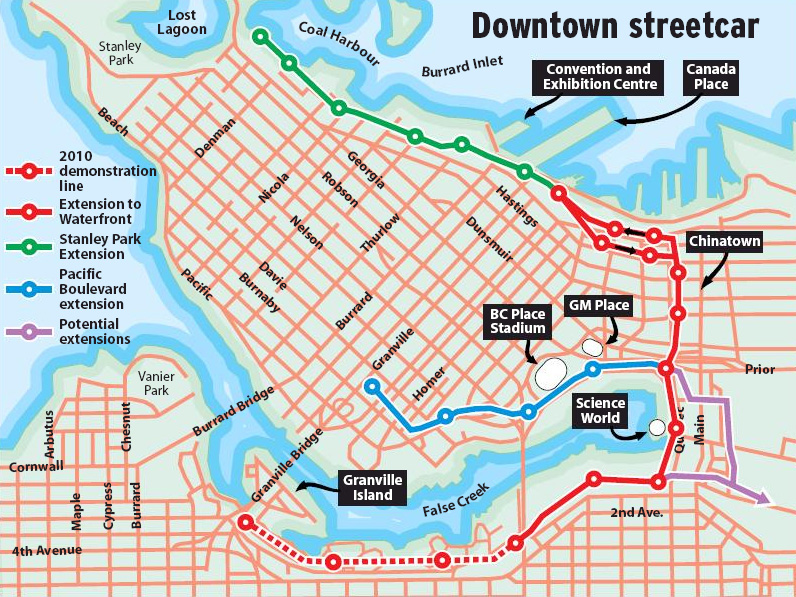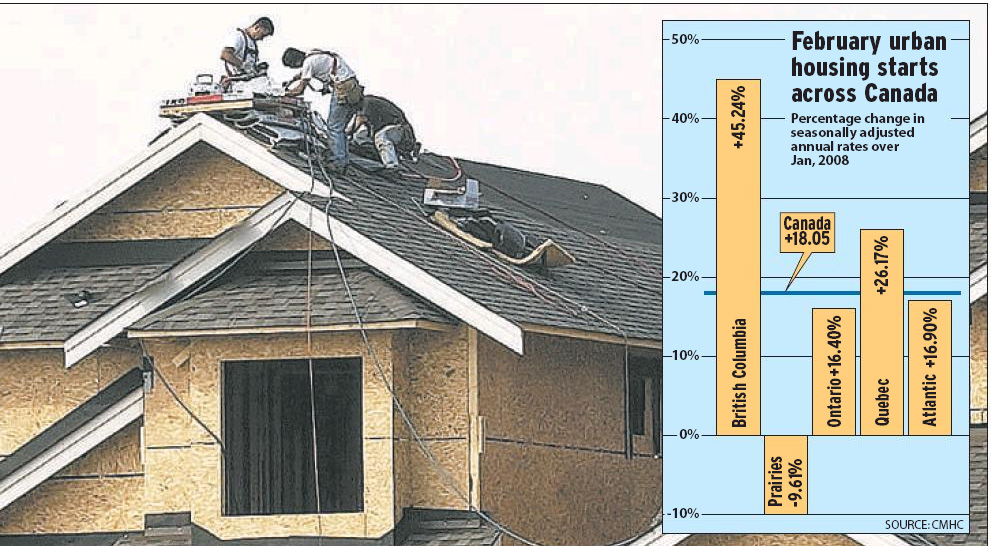Here are some of the current schemes you should watch out for
Mike Gillespie
Sun

The Gaelic elder who centuries ago concluded “there’s no greater fraud than a promise not kept,” would stand aghast at the sheer pervasiveness of the problem today. Few segments of society, in fact, have escaped the attention of modern-day scammers — much to the despair of law enforcers trying to bust them.
HERE ARE JUST A FEW OF THE SCAMS AT PLAY IN NEIGHBOURHOODS NEAR YOU:
– APARTMENT SCAMS: Toronto police arrested a 35-year-old man last fall after he rented an apartment in that city, paid the first and last month’s rent then advertised the unit for rent on the Craigslist website, posing as a landlord. By the time the fraud squad caught up with him he had re-rented the unit to at least three different unsuspecting tenants and collected rent and security deposits from each before skipping town.
– TELEMARKETING: One of the largest cross-border telemarketing schemes ever uncovered in Canada was broken up two years ago when Canadian and U.S. investigators moved in on a Montreal-based operation preying mostly on American seniors. The scammers were offering low-interest loans and credit cards in return for a $250 sign-up fee. Police estimate that over a five-year period the scheme bilked victims of more than $43 million.
– E-COMMERCE: The fastest-growing segment of the North American economy has also become one of the biggest feeding grounds for fraudsters. CyberSource, an e-commerce payment management company representing 351 online Canadian and U.S. merchants that recorded more than $53 billion in online sales in 2006, estimates that last year’s losses, when tallied up, will exceed $3.6 billion. Although the percentage of online revenues lost to payment fraud has been declining over the last four years, to 1.4 per cent, CyberSource reports that total losses have been steadily increasing with the highest-risk category still international sales.
– TAX-RETURN FRAUD: Canada‘s Department of Finance was forced to broadcast an e-mail fraud alert just over a year ago when identity-theft scammers began sending out fake tax-refund notices under its letterhead. The official-looking e-mail messages promised refunds within six to nine days after victims returned an attached tax form — in the process compromising their personal and financial information, including credit card and social insurance numbers.
– DEBIT-CARD FRAUD: Escalating levels of fraud involving debit cards has prompted Interac, Canada‘s largest debit card network, to begin embedding computer chips in its cards. The chip cards, which began appearing last October, offer “a new standard in payment security,” promised Interac Association president Mark O’Connell. Such smart-card technology is already being used successfully in France, where debit card fraud has now dropped by eight per cent. Debit card fraud in Canada runs at about $70 million a year, Interac estimates.
– PHISHING ATTACK: Scammers last fall began using the Better Business Bureau’s name to advise companies of alleged complaints against them. Target companies were offered an e-mail hyperlink to download a copy of the complaint. By doing so, the companies exposed themselves to computer viruses that helped channel their confidential business information to scam operators.
– FAKE MONEY ORDERS: Canada Post announced in February it would add a new security feature to its money orders in response to a growing number of money-order frauds both in Canada and the U.S. One scam came to light earlier this year when a suspicious Newfoundland woman called police after receiving three Canada Post money orders for $800 each as payment for a $500 electronic organizer she sold over the Internet to someone in France. As payment, the buyer sent her $2,400 worth of money orders, told her to keep $500 and return the rest. The money orders were fake. The post office’s new anti-fraud device will feature a heat-sensitive security mark that turns white when a finger is placed on it.
– MORTGAGE FRAUD: This form of fraud is rampant, according to people in the real estate industry, and totals about $50 million annually. While mostly a hidden form of fraud (and often never detected), the industry warns it is driving up mortgage insurance rates for everyone. Such fraud comes to light when a homeowner defaults on a mortgage and the lender discovers they’ve been hoodwinked not only about the real value of the house but about the amount of the downpayment and even the homeowner’s employment claims. One study carried out by the B.C. Financial Institutions Commission, an investigative arm of the province’s finance ministry, suggested that from 10 to 15 per cent of all B.C. mortgage loan applications contain so-called “material misrepresentations.”
– INSURANCE FRAUD: The Insurance Bureau of Canada last year awarded its first ever Scam-ademy Award to the perpetrators of an “epic” auto theft scam that stretched from Canada to the Middle East. These “audacious fraud artists,” the bureau said, were not only car thieves but identity thieves as well. They created a string of false identities and fake credit reports, and used them to lease more than 80 high-end cars. The cars were then shipped to buyers in countries throughout the Middle East. “After the cars had sailed away, the gang tried to report some of them stolen in an attempt to collect on the insurance as well,” the bureau reports. The trail of fake paperwork led to seven suspects. Five men are now facing charges, and arrest warrants have been issued for the other two.
© The Vancouver Sun 2008







